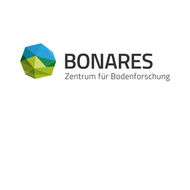Germany’s Excessive Agricultural Nitrogen Emissions and the Need for Improving Existing Regulatory Concepts (2019)
Möckel, S.
journal for european environmental & planning law 1, 16 (79-303), 279-303
Abstract
For decades, German agriculture has been responsible for high nitrogen inputs into the environment. Recent reductions in nitrogen surpluses that were originally caused by fertilization are not sufficient to meet European requirements. In the case of am-monia emissions, there has even been an upward trend despite contradicting national emission targets due to the expansion of animal husbandry. Both developments are not surprising, since German agricultural policy has for years been unable to adopt stricter measures that would reduce nitrogen surpluses and ammonia emissions and modernise existing regulatory concepts in line with European requirements. This pa-per presents the state of current emissions in section 1. Subsequently, sections 2 to 4 present the regulatory concepts for livestock facilities, agricultural fertilisation as well as the protection of Natura 2000 areas from agricultural intervention and identify their shortcomings in the light of recent rulings by the European Court of Justice. The paper offers a summary assessment that includes the most important areas for improvement.

